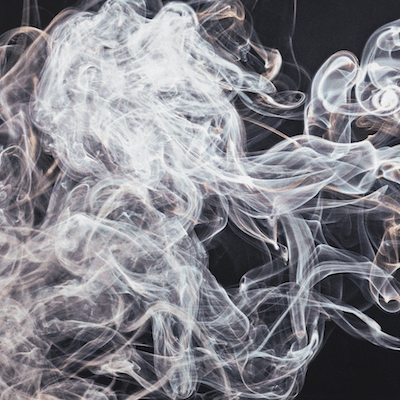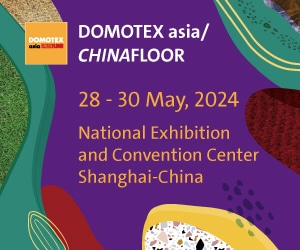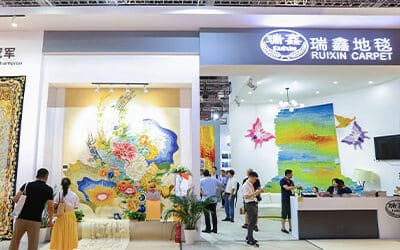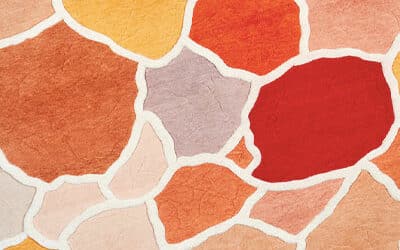If you ever needed an excuse to visit Paris then here it is: a blockbuster of a show of around 100 artists’ carpets, weavings and tapestries at the Museum of Modern Art in Paris. Deborah Burnstone takes a look around the show.
While it doesn’t claim to be a comprehensive survey Decorum asks all sorts of interesting questions about the ways modern, modernist and contemporary artists have been influenced by ‘traditional’ carpets, questions the relevance of the divisions between the applied and fine arts and in the process shows a lot of woven work from the past 130 years in all its richness and diversity – from pictorial and narrative work; abstract, geometric and decorative pieces, through to three-dimensional and installation textile art, with a whistle-stop tour of photographic and computer-generated weaves along the way.
An important strand of the exhibition are the many non-Western – pre-Columbian, Persian, Ottoman, Navajo, Moroccan Berber or Coptic – and anonymous masterpieces which are displayed alongside works by named fine artists so as ‘to reveal cross-influences and encourage comparisons’, as Anne Dressen, the exhibition’s curator, puts it.
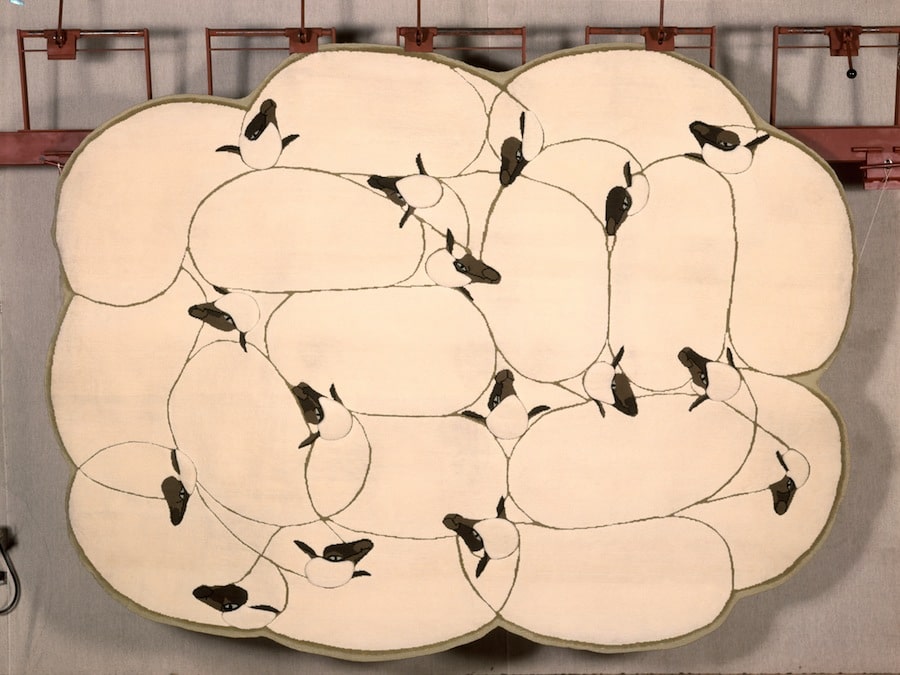
Les Moutons, François-Xavier Lalanne, 1986. 3 x 2.25m. Collection du Mobilier National. Photo : Mobilier National © Philippe Sébert. © Adagp, Paris 2013
The show kicks off with a section tracing the development of artists’ tapestry from painting and includes paintings as well as figurative and abstract textile works to illustrate that a tapestry is not merely a woven transcription of a painting. A key figure here is Jean Lurçat, a painter and tapestry maker who started making needlepoint in the early part of the twentieth century and later had his tapestries woven at Aubusson. Another champion of the tapestry and contemporary of Lurçat was Le Corbusier who famously described the tapestry as the ’mural of the modern age’ and made at least 27 tapestry cartoons.
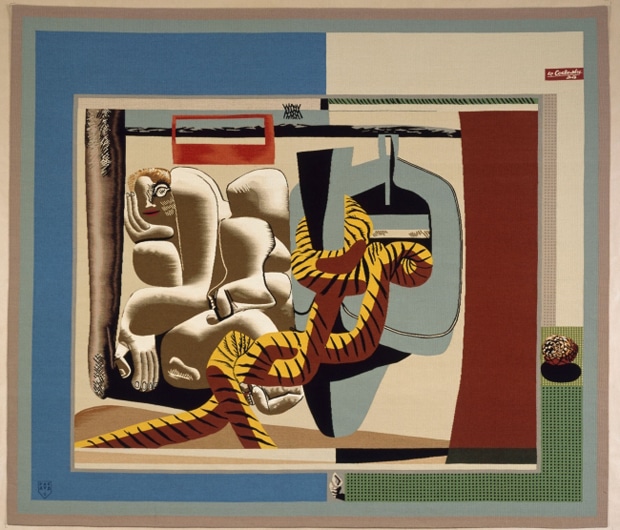
Marie Cuttoli, Le Corbusier, 1936. Silk and wool tapestry. 1.47 x 1.75m. Fondation Le Corbusier, Paris. © F.L.C. / Adagp, Paris 2013
The exhibition also examines the crossovers and tensions between the applied and fine arts. Naturally there are examples by members of the late nineteenth and early twentieth century workshops, such as the Bauhaus or Arts and Crafts Movement, who saw art and craft as part of the same continuum and had little truck with these distinctions. The grid is the backbone of many of these works. Pieces such as Frederick Etchells’ (Omega Workshop) weaving for the 1913 Ideal Home Exhibition or Bauhaus member Anni Albers’ wonderfully spare With verticals (1946) consisting of a red weave with thin black vertical lines of differing lengths look strikingly contemporary next to a work like Marius Engh’s Victory Over the Sun which was made nearly 100 years later. Another surprise was to find a geometric abstract piece by Francis Bacon from 1929. No trace of agony here.
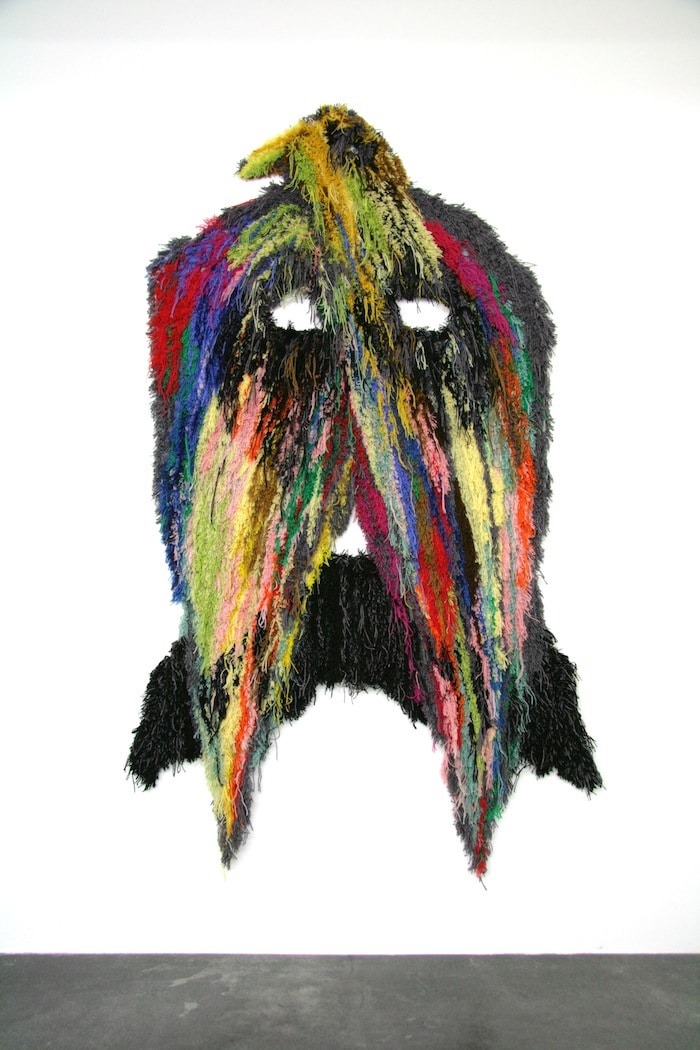
Moustache-Eagle, Caroline Achaintre, 2008. Hand-tufted wool carpet. 2.35 x 1.5m. Saatchi Gallery, London. Courtesy Saatchi Gallery, London. © Caroline Achaintre
The first International Tapestry Biennial in Lausanne, instigated by Jean Lurçat, exhibited painter-designed tapestries but later morphed into an international showcase for experimentation. There is a real sense that this work, known as New Tapestry, paved the way for artists today. Resembling a strange tribal bird/mask Caroline Achaintre’s massive 2m wide Moustache-Eagle (2008), was laboriously hand-tufted spontaneously in wool on canvas.
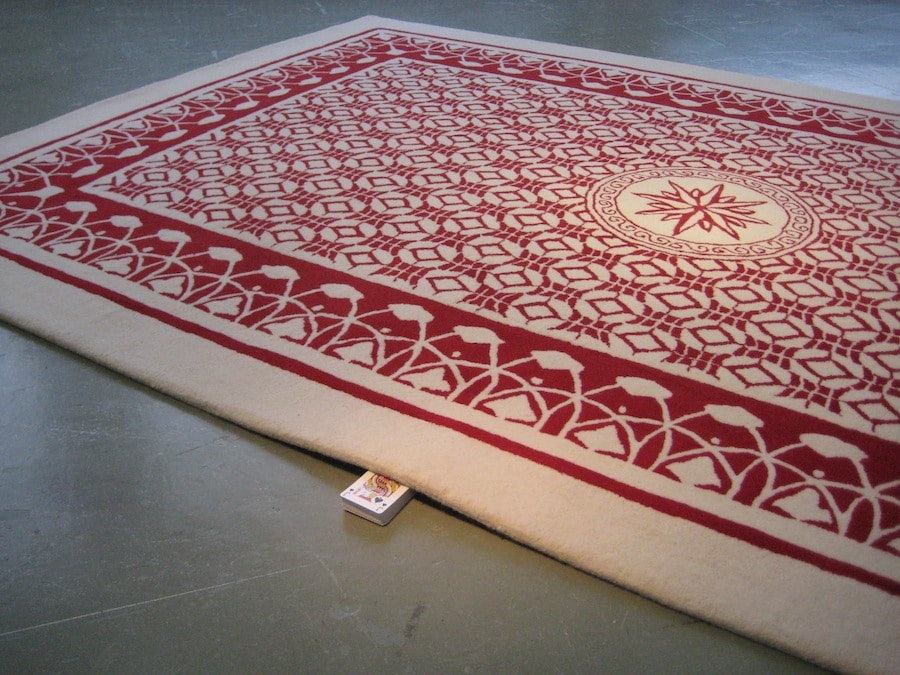
If I could see but a day of it (Multiverse), Ryan Gander, 2007. Wool rug. 2 x 1.5m. Courtesy of the artist and gb agency, Paris. Photo : Museum für Gestaltung Zürich / Christian Brändle
The oriental carpet continues to inspire artists even today and alongside original pieces from Turkey and Iran, we find Ryan Gander’s witty hand-tufted Persian carpet featuring a giant version of the familiar motif found on the back of playing cards in red and white sitting on a normal-sized deck of cards. Pae White’s large-scale elegant tapestry featuring billowing smoke exemplifies the development of tapestry in the age of the digital image.
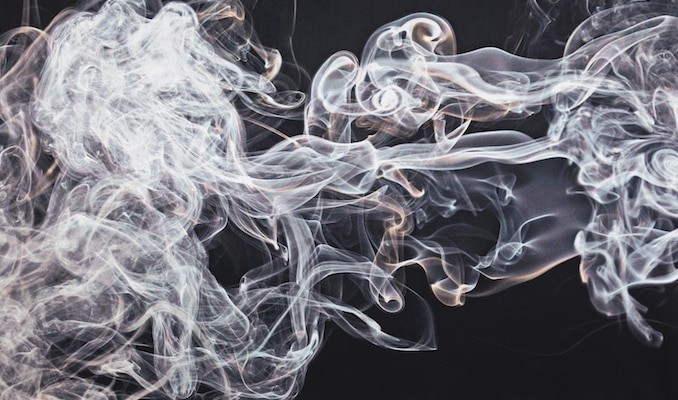
Berlin B, Pae White, 2012. Cotton, polyester and trevira tapestry. 2.9 x 4.4m. Neugerriemschneider, Berlin. Courtesy de l’artiste et Neugerriemschneider, Berlin. Photo: Jens Ziehe, Berlin
With a specially commissioned playlist by Jean-Philippe Antoine, a mis-en-scène by installation artist Marc Camille Chaimowicz in collaboration with architect Christine Ilex Beinemeier, it’s definitely time to book those Eurostar tickets.
Decorum, Tapestries and Carpets by Artists, Musée de l’Art Moderne de la ville de Paris, 11 October 2013 to 9 February 2014
